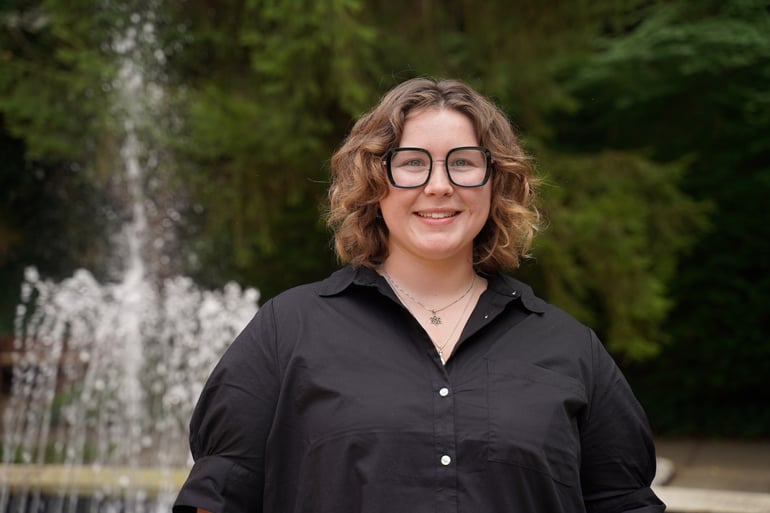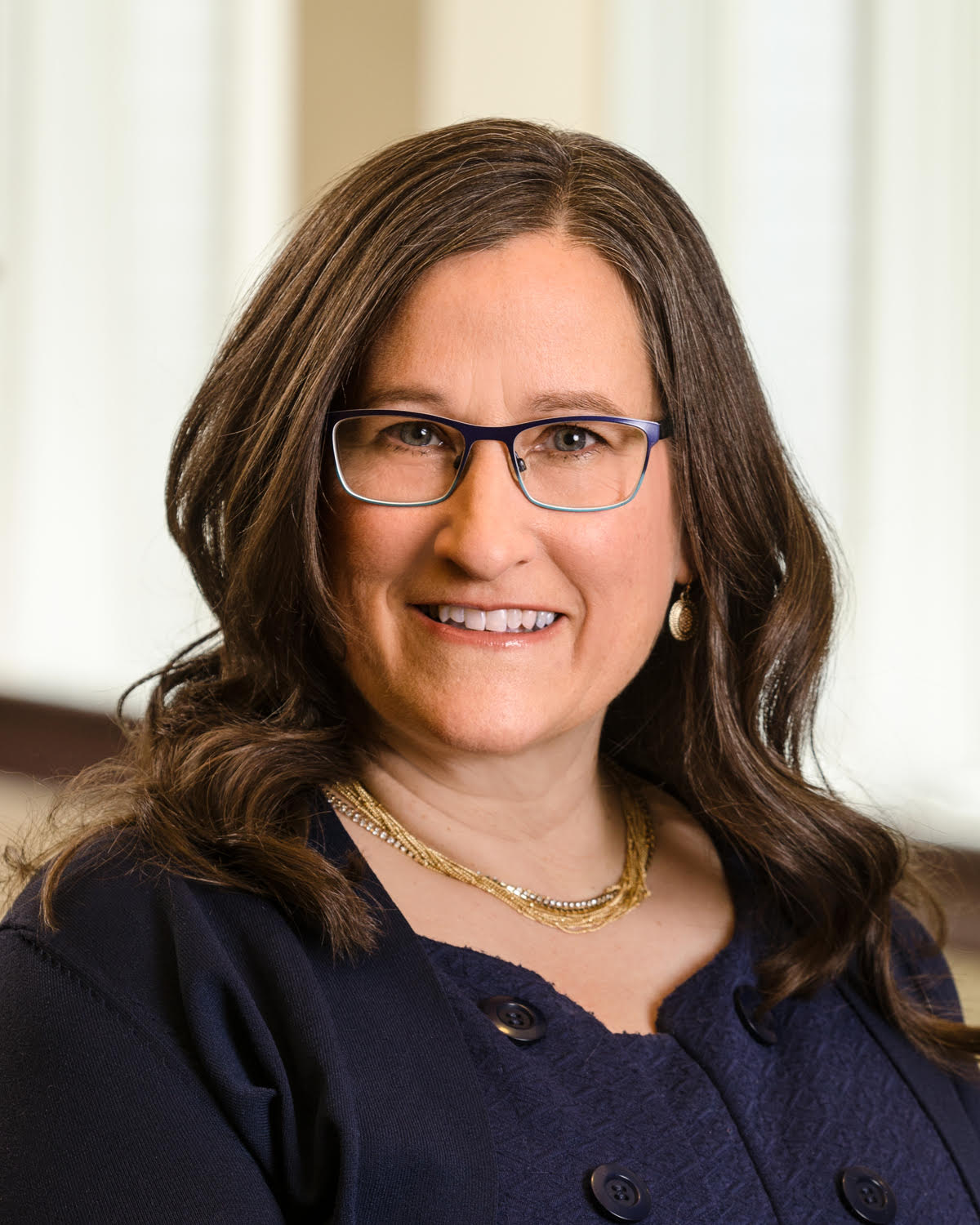Almost 10 percent of American adults who are 65 or older have dementia, while another 22 percent have mild cognitive impairment, a recent Columbia University study found. So it’s important to consider the possibilities of Memory Care living for a loved one or to plan out contingencies for yourself years into the future.
If a loved one recently has been diagnosed with Alzheimer’s disease or another form of dementia, you’re undoubtedly experiencing many emotions. This blog can help. We’ll explore, among other things: What exactly is Memory Care, and how can you select the best campus?
Memory Care serves the whole person
Memory Care, at its best, provides a pleasant home atmosphere for residents while also keeping them safe in apartments and community areas created for their needs.
With person-centered Memory Care, residents have a sense of freedom and the ability, while numerous measures are in place to keep them safe, to interact with as many people around them as they’d like.
At Episcopal Retirement Services’ Marjorie P. Lee continuing care retirement community (CCRC) in Cincinnati’s beautiful Hyde Park neighborhood, team members are trained to work with residents who have cognitive issues and to meet their unique needs. Team members also receive ongoing annual training to keep them updated on developments in the field.
A benefit of CCRC is they provide a continuum of care, so people can move into apartments where they live independently – without any assistance – and as their health-care needs change, they can receive increasing levels of care, either for Memory Care or other forms of assistance.
Fun programs for Memory Care residents at Marjorie P. Lee include music therapy and activities that promote fine motor activity, such as puzzles. They also offer art therapy and potting of plants, among other activities. Residents in one program created cat toys that were donated to an animal shelter.
Socializing, when residents choose
Residents eat together but also have the option of eating in their own apartments if they wish, and they can eat when they choose, said Hannah McCarren, the memory support household coordinator at Marjorie P. Lee.
The campus’ model for care, she said, “is to meet people’s desire for freedom, choice, and purpose in their daily lives, as well as the care needs that are specific to them,” she said.
The dining- and activity rooms are on the same floor as the Memory Care apartments.
“We work to balance being a secure level of care and providing a sense of freedom and ability to move,” McCarren said. Doors to stairways are secured, as are elevators, “but the residents can walk freely about our fourth floor. They can walk from one side to the other, from the dining room to the common area and the activity room, and just all around our loop as much as they like. They just can’t leave the floor without assistance.”

Safety and Convenience of Memory Care
When someone with memory deficits enters Memory Care, it allows their care partners to spend less time being a caregiver and more time interacting with them in more relaxing and fun ways, with other care being provided to them.
For example, dedicated team members help with important health tasks, such as administering medications.
Team members prepare and serve three meals a day. Laundry is done on the same floor where residents live, and housekeeping is provided regularly.
Residents’ apartments have pull-strings in bathrooms, and they all have pendants to wear in case of falls.
Residents of the memory-support households have their own activities calendars created specifically for them.
“We’re very careful with our activities and our life enrichment that we’re promoting things that allow them to create art themselves, or create flower arrangements and plant pots themselves, with guidance," McCarren said.
“We do the fun things like BINGO for prizes,” she said. “If we’re not doing art therapy, we’re doing arts and crafts; we often create things to decorate our activity room. They do flower arranging – different from the horticulture therapy – in which they arrange vases of flowers that go around our floor to help us have fresh flowers consistently.”
As she was being interviewed, residents were playing Family Feud outside her office.
Social interactions are encouraged and are more available with other residents to chat with in common areas.
Also, the highly successful SAIDO memory-care program has relaunched after a pause caused by the COVID-19 pandemic.
“We are doing it currently with seven residents, and we have a few others who are interested,” McCarren said. “We’re working to train more staff. It’s a consistent part of our day, and it’s on our calendar.”
Is it time for Memory Care?
It’s time to consider memory care if you are concerned about your loved one’s ability to make smart decisions for themselves – for example, if you see they’re making decisions they wouldn’t have made before or they’re having issues with their short-term memory.
McCarren recommends exploring communities and trusting their staff will recommend a level of care that is appropriate for them.
“We as staff assess each person whose application is accepted,” she said. “We assess them, and we encourage families to be realistic about their loved one’s capabilities and needs.
Tour Memory Care communities
McCarren highly recommends families tour Memory Care communities.
“That’s how you can really see what a community’s like, what the different households are like,” she said. “In Marjorie P. Lee, we have different households, and we all have different personalities in communities. So if you’re looking at a specific level of care, it’s good to know what those communities are like. It’s important that your loved one’s care needs are met; it’s also important that their community needs are met. So you want to be looking at a place you can see them calling home.”
Tours not only let you evaluate the campus and its team members but how life-giving the atmosphere is, and the quality of activities and the apartments.
To arrange tours of Marjorie P. Lee’s Independent Living, Assisted Living, or Assisted Living Memory Support, people should contact Jennifer Schlotbom at jschlotbom@ERSlife.org or 513-533-5000. For Skilled Nursing, people should call Annie Novak at anovak@erslife.org or 513-256-9101.
 Hannah McCarren, the memory support household coordinator at Marjorie P. Lee.
Hannah McCarren, the memory support household coordinator at Marjorie P. Lee.
Benefits of Marjorie P. Lee
McCarren said she recommends Marjorie P. Lee because “You’ll be joining a community in which there’s every single level of care. So as your loved one progresses either physically or cognitively, we have the means, the staff, and the resources to care for your loved one and to continue them not only in our services but in our building.”
As their needs change, they may have to move to another household, ”but they don’t have to leave Marjorie P. Lee,” she said. “And I think that is a significant thing to consider when you’re considering a community, is looking forward to future moves to another level of care.”
Residents are cared for with a ‘person-centered’ approach. One example is they can wake up and eat when they like. They’re also treated with great respect.
“Yes, this is a memory-care floor, but we have a resident meeting. We ask our residents if they have been enjoying the activities. Have they been enjoying the food? And obviously, our answers, our engagement, and our discussion are vastly different than if it were an independent living, but we still allow that respect and dignity of asking them those questions, and we really treat this as their home. And we really treat them as loved ones, as family.”
Residents are cared for physically, emotionally, and mentally; she said: “And we don’t sacrifice on that just because we’re serving people who are cognitively impaired.”












